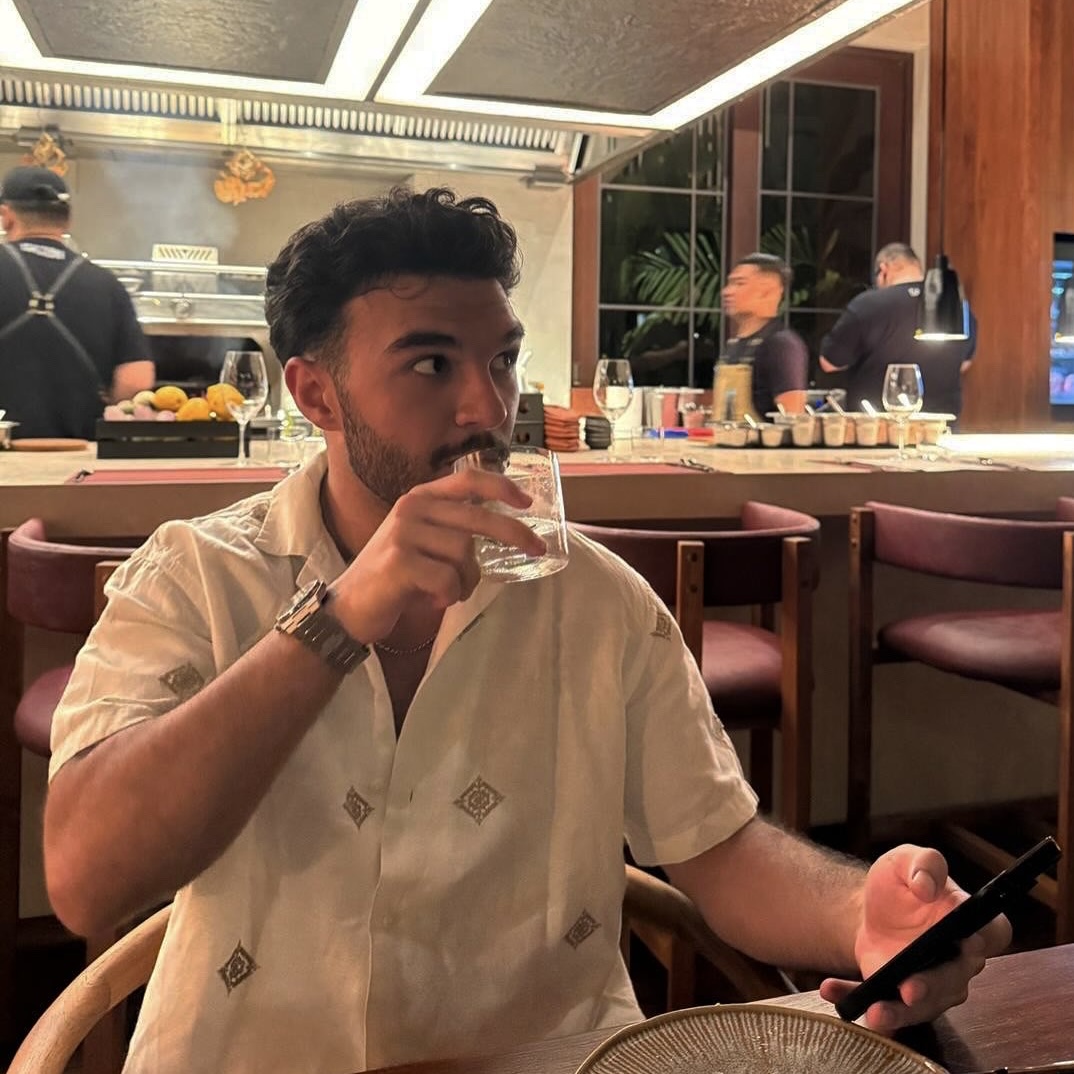From working in the space of software startups for the past year, I've learnt that there are two leading indicators of a SaaS's success. For me to even look into a SaaS idea (after idea development and validation), I need these check boxes to be ticked:
- distribution: a path to your target customers. This could involve leveraging existing networks, an existing audience, partnering with an influencer, etc.
- reliable developer(s): the ability to quickly adapt and improve the product is the name of the game in SaaS, which is only enabled when the tech people behind a project can be counted on.
Basically you need:
- a strategy to reach people that can buy it
- someone that can make it
It's easy to verify that we have someone who can build the product before we start, as this is a prerequisite for development. However, distribution is often overlooked or postponed until after the product is built because it isn't a prerequisite.
Distribution, from what I've seen, is the number one reason so many startups and projects fail. This is why we only build projects where distribution is already secured prior to building.
If it isn't clear what distribution is, here's a perfect example to illustrate:
Mark Lou, a popular and successful indie-maker has a notable product, ShipFast. According to his Twitter, its doing $53k/mo in revenue.
ShipFast is a paid boilerplate for SaaS developers… which unsurprisingly is who his social media targets: aspiring developers wanting to build their own SaaS.
At the time of building ShipFast, Mark had a problem: repeated development of things like auth and payment integration.
He then made a solution to that problem: a boilerplate.
But the key in ShipFast's rapid success wasn't in it being a highly innovative boilerplate package with super high tech features. It was precisely the distribution that caused the success. Of course no ones going to buy your boilerplate if the code is shit, but it doesn't take a FANG engineer to make a decent one I'd buy.
All Mark had to do to start the cascade of new customers was to post the launch on his Twitter. No time spent on marketing, on sales, on advertising.
Because his audience was his Ideal Customer Profile (ICP) and because he had a strong bond with his audience, he had Ideal Distribution; a direct line to his target market.
Gaining traction for a product without initial distribution kills projects because without VC funding to blast on marketing, getting enough of the right eyeballs on your product is expensive in other senses— its time consuming, costly, and demoralizing… Even more so if you're a serial SaaS maker because you need to constantly pump out new projects (assuming the indie-maker methodology), but you still can't just make a product and not give it a chance to sell. Where's the balance? There doesn't exist a fine line for when to give up on a product, its blurry and gray, which is why the risk taken when building without prior distribution is stupid to even consider.
Indie-makers like Mark Lou or Pieter Levels are so successful because they ship directly to their audience; they have guaranteed distribution.
From the lessons we've learned, here are the methods we're taking into practice to help guarantee distribution so our projects end up with users:
- Build an audience on social media: Consistently share valuable content related to your niche on platforms like Twitter, LinkedIn, or Instagram. Hard but rewarding.
- Leverage existing networks: If you're already part of professional networks or alumni groups, engage with them and share your journey as you build your product. It only takes a handful of users from the distribution until it sets a snowball rolling; you don't need hundreds of awaiting users in your network, tens is still quite rewarding.
- Partner with influencers or thought leaders: Collaborate with individuals who already have the audience you want to reach. This could involve co-creating content or getting them involved in your product development process.
Since building a social media following take a lot of time and effort, we're trying to build that (not consistently… mb) while we use the last tactic of partnering with people with existing audiences or networks, we usually refer to these people as Subject Matter Experts (SME). This one is great since all it requires is a valid SaaS idea (brainstorming is prior), and an email pitching it to them. Create a proposal with (arbitrary) numbers and the part each side plays. It's quite fun as well I've found. We even reach out to some SMEs without an explicit idea banking that they have one in mind that they've been sitting on, these ideas are usually super good since they're niched using their expertise in whatever field their in.
Best of luck founders o7
